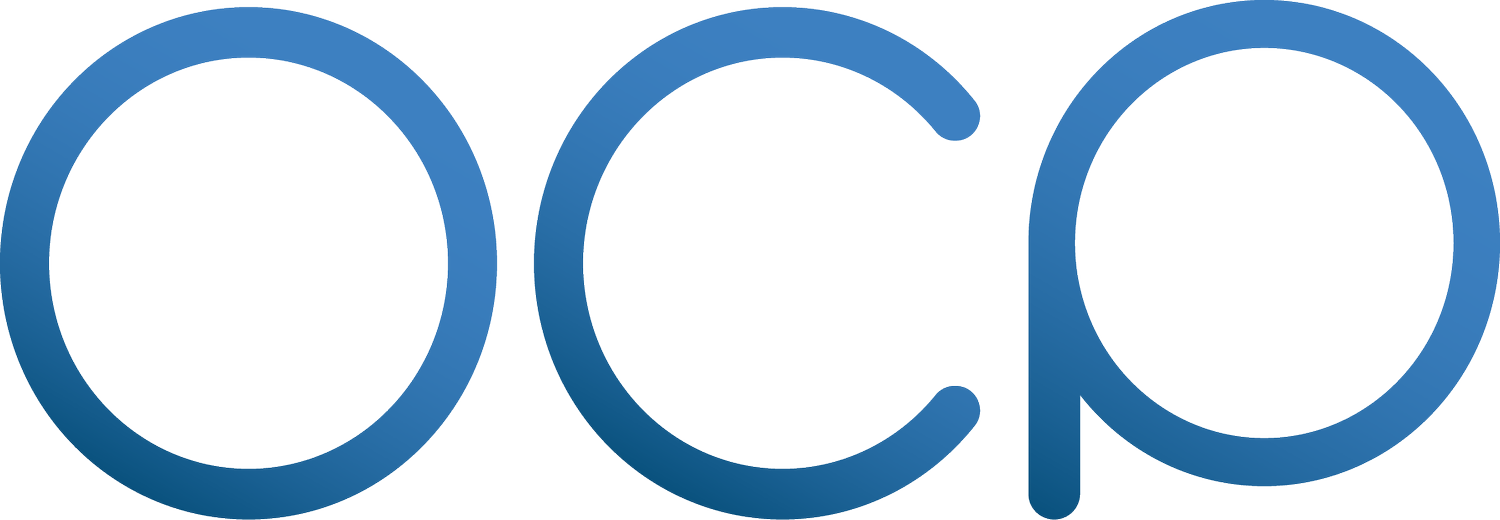The solution to improving productivity is all around us
Our workspaces have a huge impact on how we work, how much we enjoy work, and how productive we are. Despite this and the immense changes we’ve witnessed in ourselves and the technology we use, our workplaces have largely retained the same look and functionality for decades. It’s only since the rise of the Covid-19 pandemic (and its host of alterations to life as we know it) that this frozen state of workplace design has begun to shift.
With around 50% of our waking hours during the working week spent at work, the spaces we spend this time in can affect our wellbeing in a host of ways; creating lasting impacts for both us and our employers.
Since we don’t all work for Silicon Valley tech giants, it’s unlikely that your boss has the means to build you an in-office bowling alley or provide you with gourmet meals in the name of employee wellbeing. Instead, the more accessible solution lies in examining how we can enhance our current working environments with employee wellbeing in mind.
What can we change for the better?
Studies show that employees value privacy, environments free from distractions, and the means to work productively in group tasks and situations.¹
For decades, corporate working environments have functioned as combinations of private offices, clusters of cubicles, or open collections of desks. While these arrangements generally help us to get work done with no issues, sometimes they may clash with what we need most to be productive during the workday.
Private offices, for example, help us to work without distraction but can impede collaboration and engagement with others. Desks and cubicles, on the other hand, are great for facilitating collaborative work but may impact privacy and concentration in some cases.
If a workspace isn’t compatible with productivity, employees can find it difficult to engage with their work. In some cases, this may result in poor concentration and lowered motivation — both of which go hand-in-hand with illnesses like depression. On a business scale, these negative effects may manifest themselves as costly rates of sickness absences and increased staff turnover.
Thankfully, there’s no extreme action required to resolve any of these issues — so, any bosses out there can hold off on building that in-office bowling alley I mentioned earlier. Instead, let’s look at some more feasible options.
Let life in
Like I said, not all of us work for Silicon Valley tech giants. As such, your workplace may be limited in resources, like space and money, which can make building a healthy workplace more difficult.
In this instance, making surface-level adjustments to the way your workplace looks can make the world of difference to worker wellbeing. This entails team members decorating their individual and group spaces with their own personal touches — plants, pictures, and furniture that’s comfortable for each employee should be encouraged.
Research shows that after implementing these surface-level changes, workplaces witnessed a 17% increase in productivity, along with improvements to employee engagement and happiness at work.²
Undertake a functionality overhaul
When employees are given even more control over how their workplace looks and functions, results include even greater wins for the entire workplace. Better suited for workplaces with greater resource freedoms (but still easily implementable for those navigating constraints), this arrangement involves giving employees control over the look, functionality, and distribution of minor resources in their workspace.
Studies have noted that employees with this level of control are 32% more productive than those with no say in their space.³ Employee relationships with work also improve — resulting in fewer sick days and lowered staff turnover.
Alongside aesthetic changes, getting staff involved in a simple reshuffle of the existing office layout is a great place to start. Be sure to prioritise areas with natural light to improve focus and happiness, and ensure the space is easy to move around in to reduce stress levels and enhance productivity.
Adopt a modern way of working
Previously thought to be temporary solutions, hybrid and at-home models of working have become so popular throughout the Covid-19 pandemic that it looks like they’re here to stay.
Recent research has shown us that these modes of working can significantly increase productivity when implemented correctly.⁴ This means that sound management, good collaboration, and effective communication practices must be in place to ensure these models work for both employer and employee.
Not only can they improve business productivity and employee engagement, they also ensure your workplace is dynamic and able to respond to significant changes during times of uncertainty.
The secret to successful change
Change is a stressful thing, especially when it happens without consultation or forewarning. Making blind changes without sufficient employee collaboration will likely result in little to no change in your business’ productivity, while further disengaging team members from their work.
Any adjustments to your working environment and how it operates should be made in partnership with those who work in the space daily. Doing so will help you resolve the issues that are relevant to your team while making them feel seen, heard, and appreciated — ultimately improving their engagement as they become happier and healthier at work.

